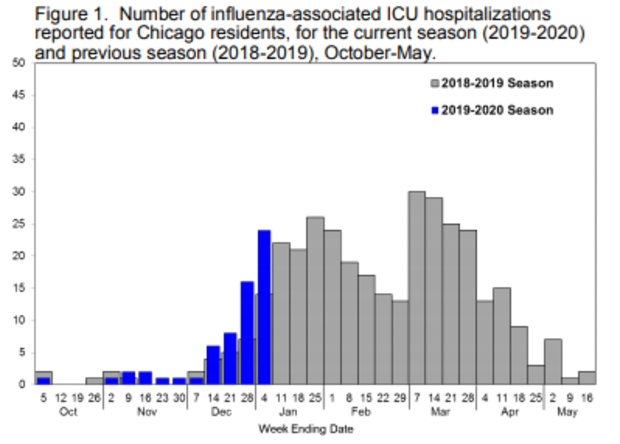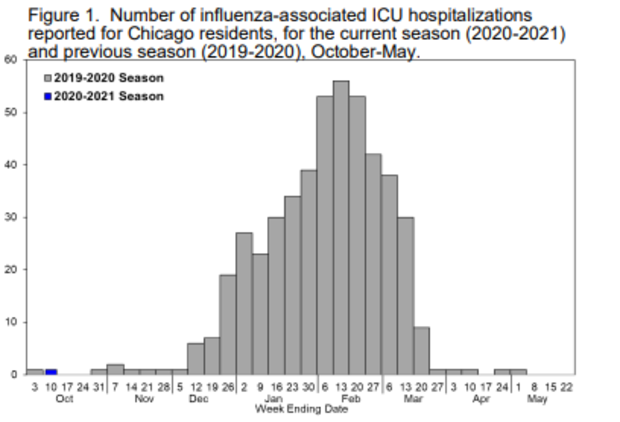As COVID-19 Pandemic Rages On, Flu Season Off To A Very Quiet Start
CHICAGO (CBS) -- COVID-19 continues to ravage parts of the country, but you might be wondering where is the flu?
CBS 2's Marissa Parra spoke to a healthcare worker on the frontlines with the answers on why the flu has so far been a no-show so far.
For almost an entire year, coronavirus has been the focus of attention, but noticeably absent, despite earlier warnings, is the flu.
Many doctors and public health experts in 2020 expressed fears of a so-called "twindemic" – fearing a surge of COVID-19 cases could hit at the same time as a flu outbreak, but Dr. Lisa Ravindra, a primary care doctor with Rush University Medical Center, said "the flu has been really unusual this year."
"We haven't seen any cases of the flu in my office," she said.
As a primary care physician, Ravindra has had a lot of one-on-one time with influenza in past flu seasons.
"My schedule would be comprised of maybe a third of patients with cough/cold flu-like symptoms," she said.
This year the flu has been a no-show.
Take a look at the chart below from the Chicago Department of Public Health. The grey bars show weekly influenza hospitalizations from the 2019-20 flu season. The blue bars show weekly hospitalizations this flu season.
Compare that with what the same chart looked like from CDPH in January 2020, just weeks before coronavirus arrived. Weekly flu hospitalizations in December 2019 and early January 2020 outpaced hospitalizations one year earlier.
The measures we're taking to slow the spread of coronavirus are also slowing the spread of the flu; social distancing, wearing masks, limiting travel, and staying home more by working and learning remotely.
Ravindra said, unlike COVID-19, which doesn't seem to spread easily through children, the same doesn't go for influenza.
"Children have been carriers of the flu, or can spread the flu very easily," she said.
Also keep in mind that, among adults, COVID-19 is just more contagious. Part of that is because of how long it takes for symptoms to show up. With COVID-19, it can take up to 14 days, but with influenza it can take only 1 or 2; and you're more likely to stay away from people when you're feeling sick.
There's one more factor in the lack of flu cases. Fears of getting COVID and the flu at the same time had people rushing to the pharmacist.
"I think that that encouraged people to get the flu vaccine. So in the U.S., we've vaccinated more people than ever before for the flu," Ravindra said.
The CDC said, as of Dec. 25, 2020, more than 192 million doses of flu vaccine had been distributed, a record high for the U.S. in a single flu season, which typically runs from October through May.
If you haven't gotten a flu shot yet, doctors say it's not too late.
Also From CBS Chicago:
- Struggles Exacerbated On Magnificent Mile With Gap, Macy's Leaving, But Advocates Say Reinvention Will Come
- Mayor Lori Lightfoot Wants To Reopen Restaurants And Bars 'As Quickly As Possible' To Reduce Risk Of Underground Parties
- Schererville, Indiana Family Is Poised To Be Evicted For Having Too Many Children





